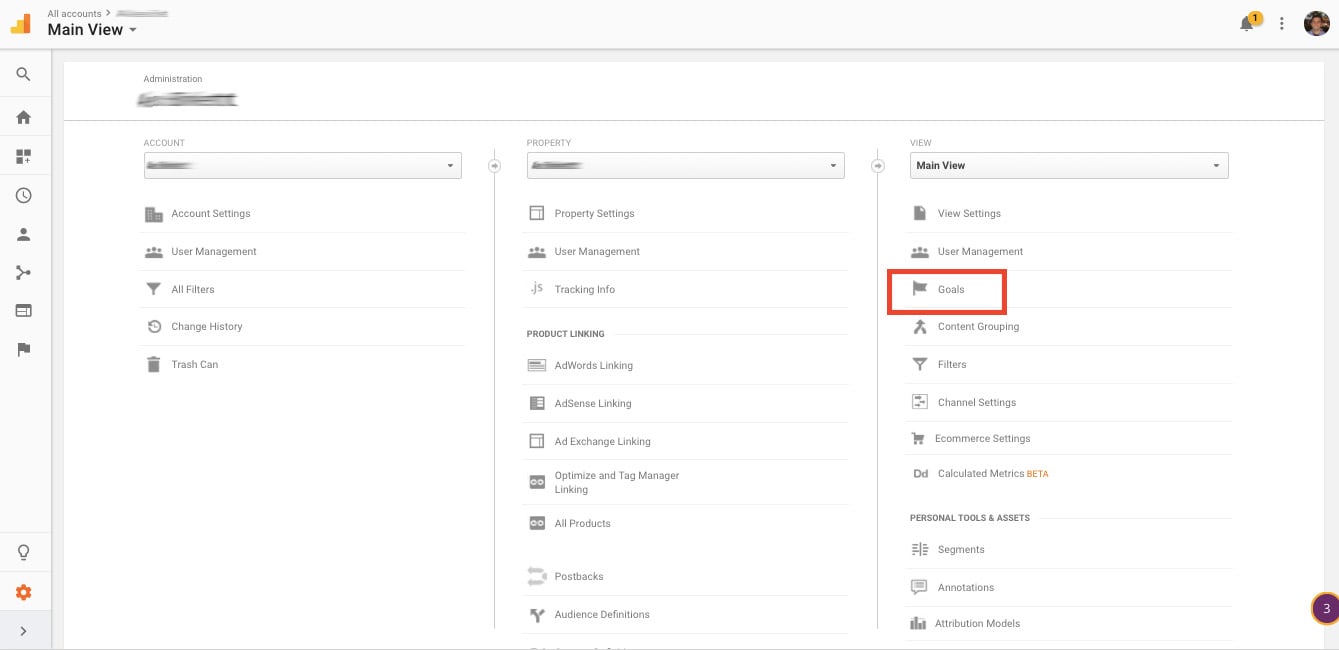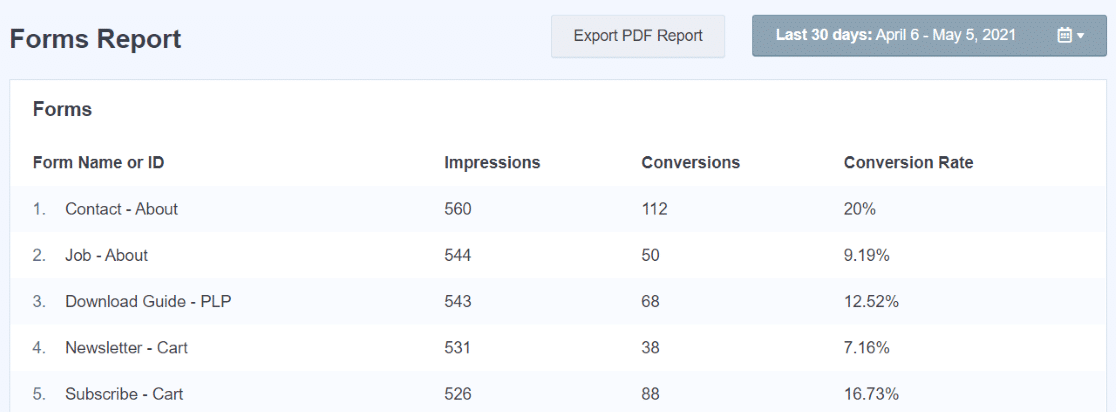Comprehending What Data Is Google Analytics Goals Unable to Track
Comprehending What Data Is Google Analytics Goals Unable to Track
Blog Article
Discover the Limitations of Google Analytics Goals: Revealing the Information Types That Remain Untrackable
As organizations significantly count on data-driven decision-making, understanding the constraints of devices like Google Analytics ends up being extremely important. While Google Analytics Goals deal useful insights into individual interactions, there exist information types that avoid monitoring, posturing obstacles to a detailed understanding of user behavior.
Incomplete Customer Journey Tracking
Insufficient user trip tracking within Google Analytics can impede the capability to accurately evaluate individual habits. When the user journey is not totally tracked, there are voids in the information that prevent a detailed understanding of exactly how users communicate with a site. This absence of understanding can lead to missed possibilities for optimization and enhancements to the individual experience.
One usual issue with insufficient individual trip tracking is the inability to see the full course that users take in the past completing an objective or leaving the site. Without this info, it is testing to recognize where customers might be running into barriers or rubbing factors that prevent them from converting. Furthermore, incomplete tracking can obscure the impact of certain advertising efforts or site modifications on individual actions.
To resolve this limitation, it is vital to establish correct tracking mechanisms within Google Analytics to capture the whole user journey. This might include establishing occasion tracking, goal funnels, or utilizing tools like Google Tag Supervisor to ensure that no crucial interactions go unrecorded. By obtaining a comprehensive sight of the customer trip, website owners can make more informed decisions to enhance user engagement and drive conversions.
Acknowledgment Challenges
Browsing through acknowledgment challenges in Google Analytics calls for a thorough understanding of exactly how different touchpoints contribute to the overall conversion process. Acknowledgment obstacles develop from the complexity of modern consumer trips, where users engage with several channels before transforming. Google Analytics provides different attribution models like first touch, last touch, and linear, each supplying a different perspective on exactly how credit score is appointed to touchpoints along the conversion course. Nonetheless, these versions may not always accurately mirror truth effect of each touchpoint on the conversion.
One typical attribution challenge is the trouble in attributing conversions to the appropriate resource, specifically in situations where users communicate with multiple networks prior to converting. Furthermore, cross-device monitoring postures one more attribution obstacle, as customers typically switch between devices during their trip, making it challenging to track their interactions effortlessly.
Offline Conversions
Provided the challenges related to attributing conversions properly in online networks, the measurement of offline conversions offers a considerable possibility for online marketers looking for an extra extensive understanding of their consumers' trip. Offline conversions refer to actions that consumers absorb the real world, such as making purchases in brick-and-mortar shops or over the phone, attending occasions, or engaging with published products - what data is google analytics goals unable to track. These my company conversions are essential for organizations that run both online and offline, as they supply valuable understandings right into the effectiveness of advertising projects across different touchpoints
Tracking offline conversions commonly postured a substantial obstacle for marketing experts, as it was challenging to connect these actions back to details on the internet communications accurately. Nevertheless, with improvements in innovation, such as the integration of CRM systems, distinct identifiers, and promo code codes, services can now link the gap between online and offline data to acquire an extra alternative view of client behavior. By properly measuring offline conversions, marketing experts can enhance their strategies, allocate sources much more effectively, and eventually improve the total consumer experience.
Cross-Device Tracking
Cross-device monitoring plays a vital function in comprehending the interconnected nature of consumers' electronic communications across multiple devices. In today's omnichannel globe, where users perfectly switch in between tablet computers, desktops, and smart devices, tracking their habits throughout these devices is vital for marketing professionals to acquire official site a thorough view of their consumer trip.

Additionally, personal privacy problems and guidelines such as GDPR and CCPA have better complex cross-device tracking. With individuals requiring even more control over their information and raised restrictions on tracking innovations, online marketers have to find innovative and privacy-compliant ways to link individual communications throughout gadgets.
Dynamic Material Involvement
Recognizing customer interaction with vibrant web content is pivotal in maximizing electronic advertising approaches for enhanced target market communication. Dynamic content describes internet site components that transform based on user behavior, choices, or various other aspects, using a tailored experience. However, tracking customer communications with vibrant material presents difficulties for typical analytics tools like Google Analytics.
While Google Analytics can track basic communications like clicks and page views, it may battle to record even more nuanced engagements within dynamic content. what data is google analytics goals unable to track. Metrics such as time spent on specific vibrant components, float activities, or interactions within pop-ups are usually not quickly quantifiable making use of common monitoring approaches. This restriction impedes marketers' ability to completely understand exactly how users are involving with vibrant web content and customize their methods appropriately

Final Thought
Finally, Google Analytics objectives have limitations in tracking insufficient user trips, attributing conversions accurately, recording offline conversions, tracking cross-device interactions, and measuring vibrant web content engagement. These constraints highlight the value of discovering added monitoring approaches and devices to gain a more comprehensive understanding of user behavior and conversions beyond what Google Analytics can provide.
While Google Analytics Goals offer valuable understandings right into customer communications, there exist information kinds that thwart monitoring, posing challenges to a detailed understanding of customer behavior.Incomplete user journey tracking within Google Analytics can prevent the capacity to properly assess user behavior. When the user journey is not completely tracked, there are spaces in the data that protect against a thorough understanding of exactly how users communicate with a site.One typical problem with incomplete customer trip tracking is the lack of ability to see the full path that customers take previously finishing a goal or leaving the site. By acquiring an extensive sight of the individual journey, web site proprietors can make more enlightened choices to boost individual involvement and drive conversions.
Report this page